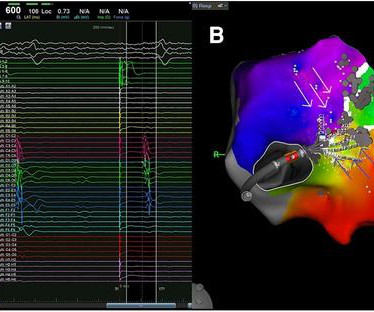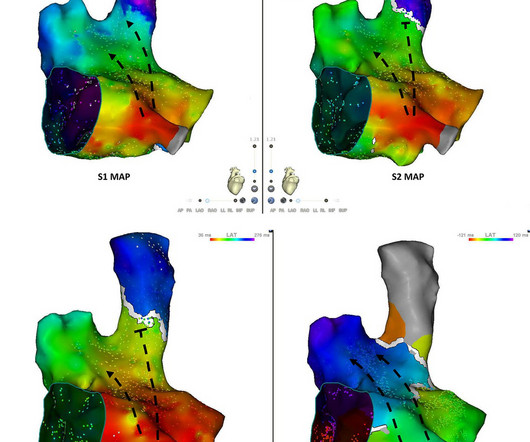Case Report: Epi-endocardial bridges in refractory cavotricuspid isthmus-dependent atrial flutter: technical analysis of epi-endocardial breakthrough
Frontiers in Cardiovascular Medicine
AUGUST 7, 2024
BackgroundTypical isthmus-dependent atrial flutter (AFL) is traditionally treated through radiofrequency (RF) ablation to create a bidirectional conduction block across the cavo-tricuspid isthmus (CTI) in the right atrium.















Let's personalize your content